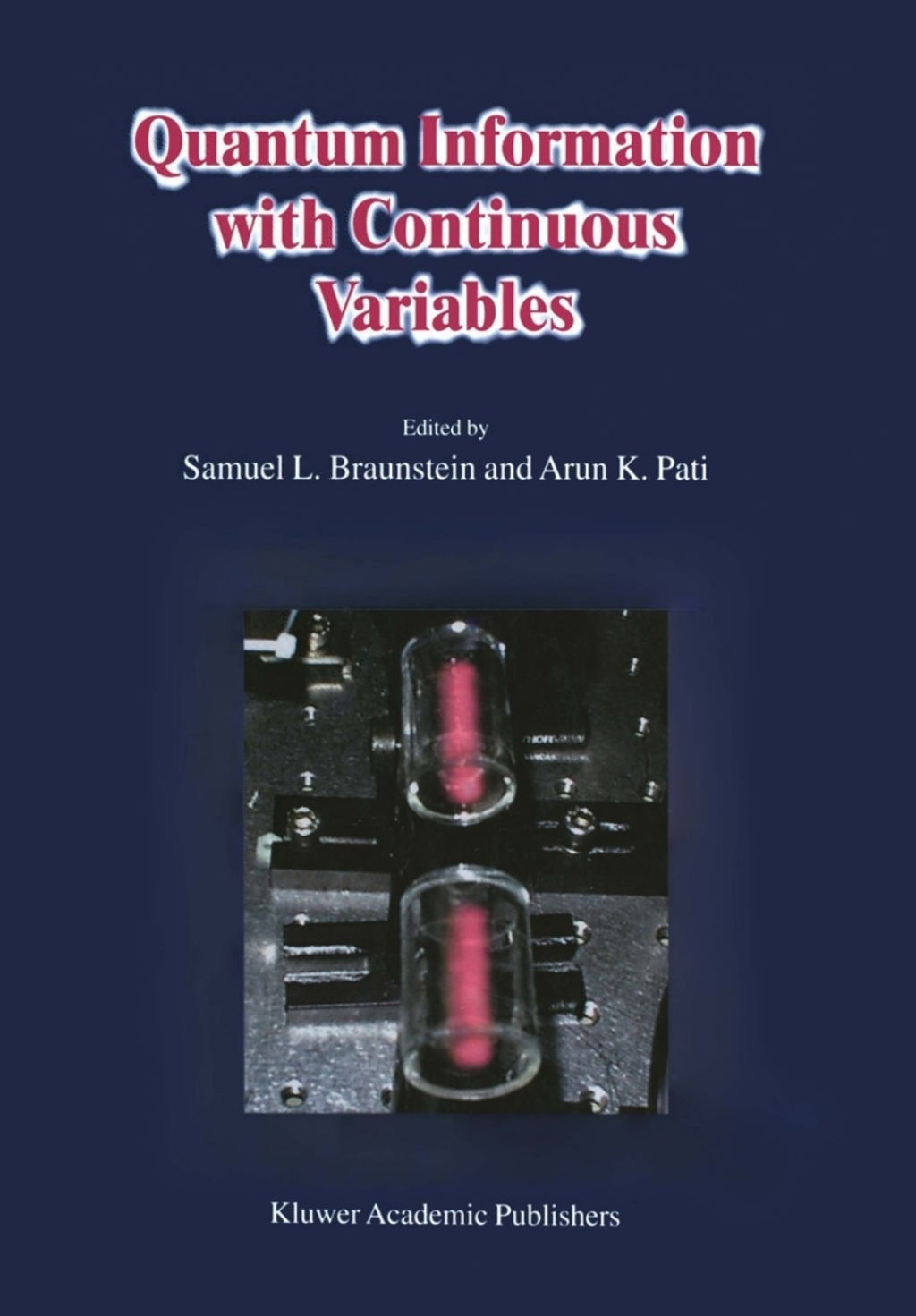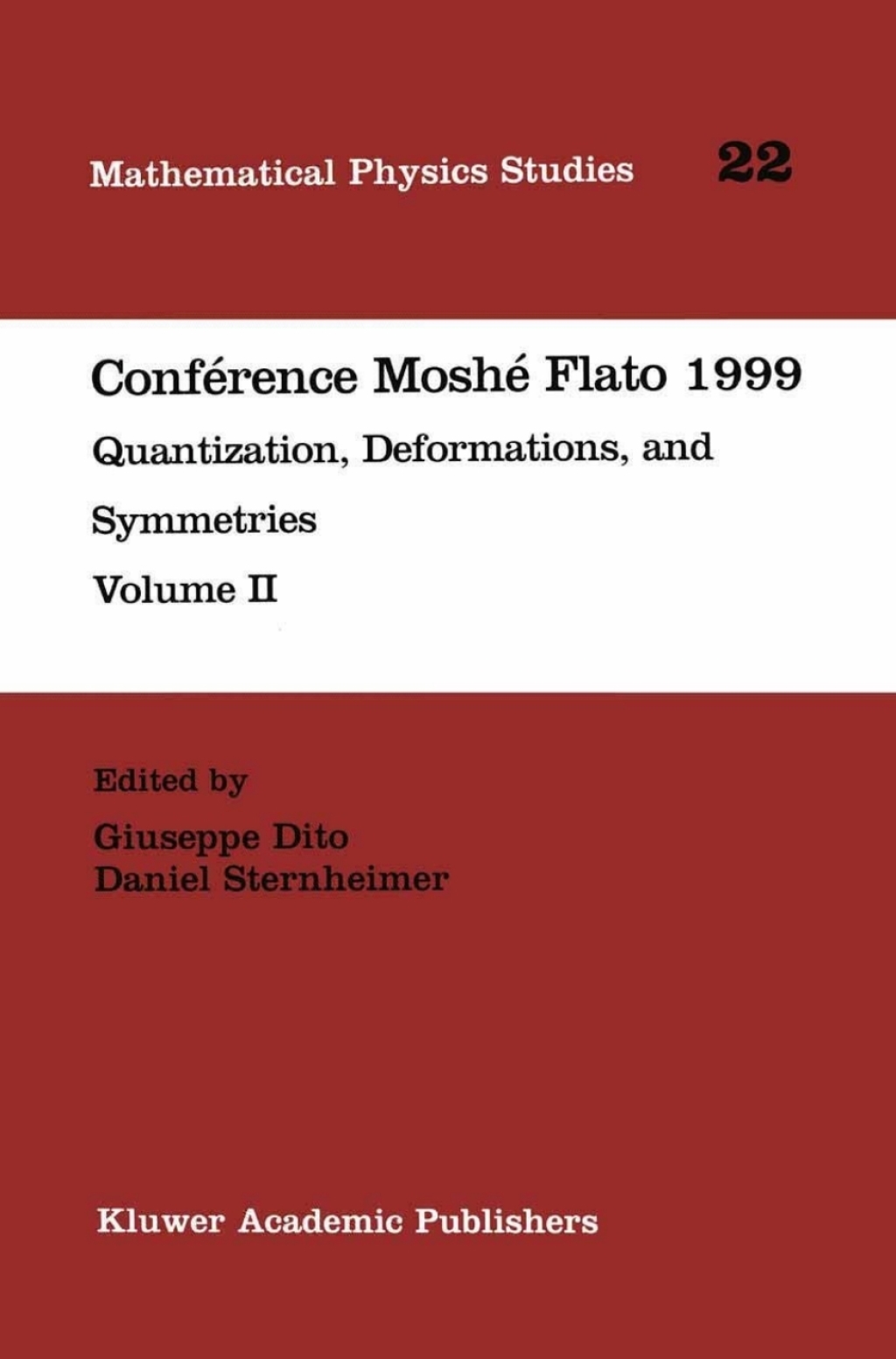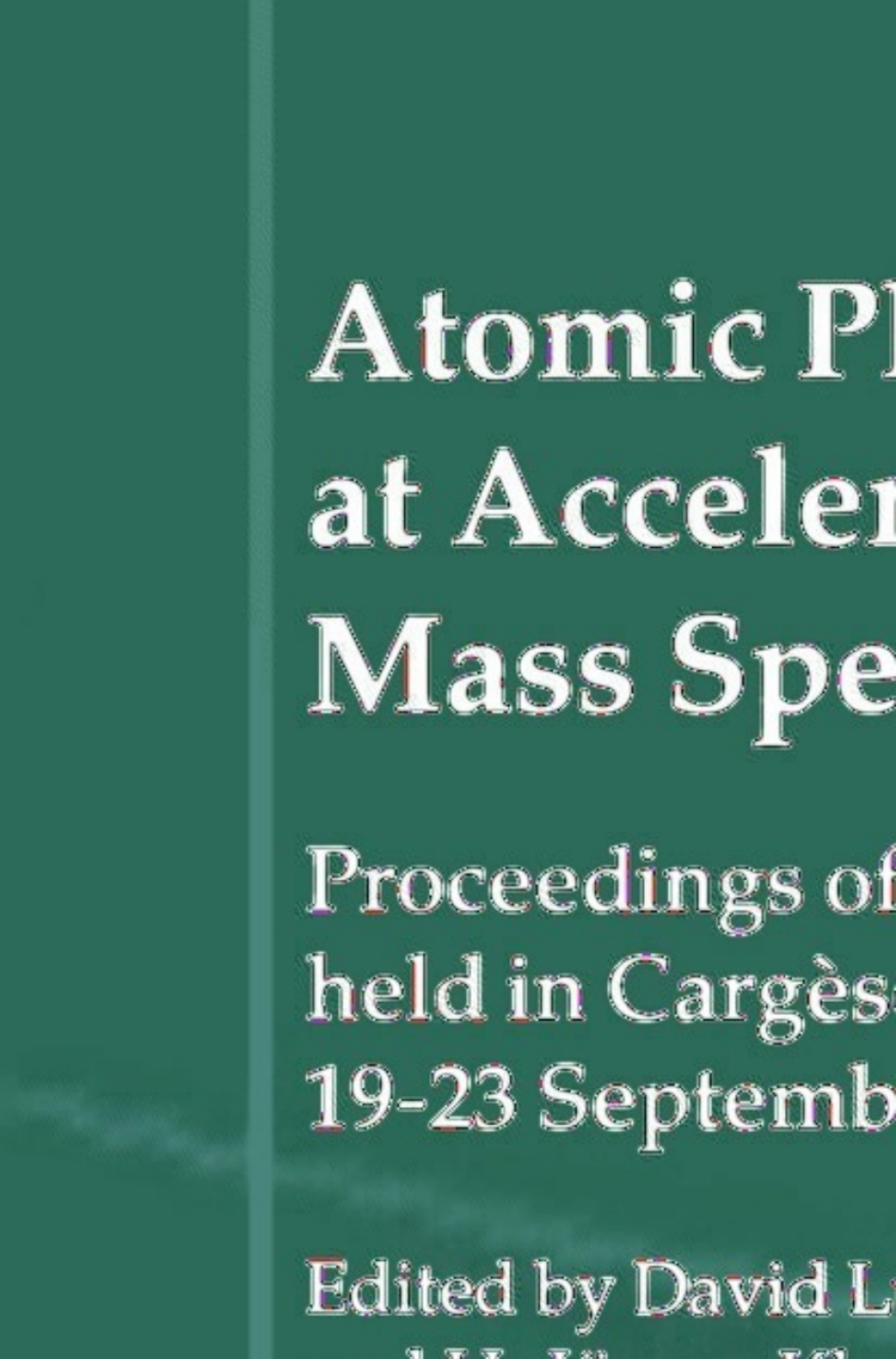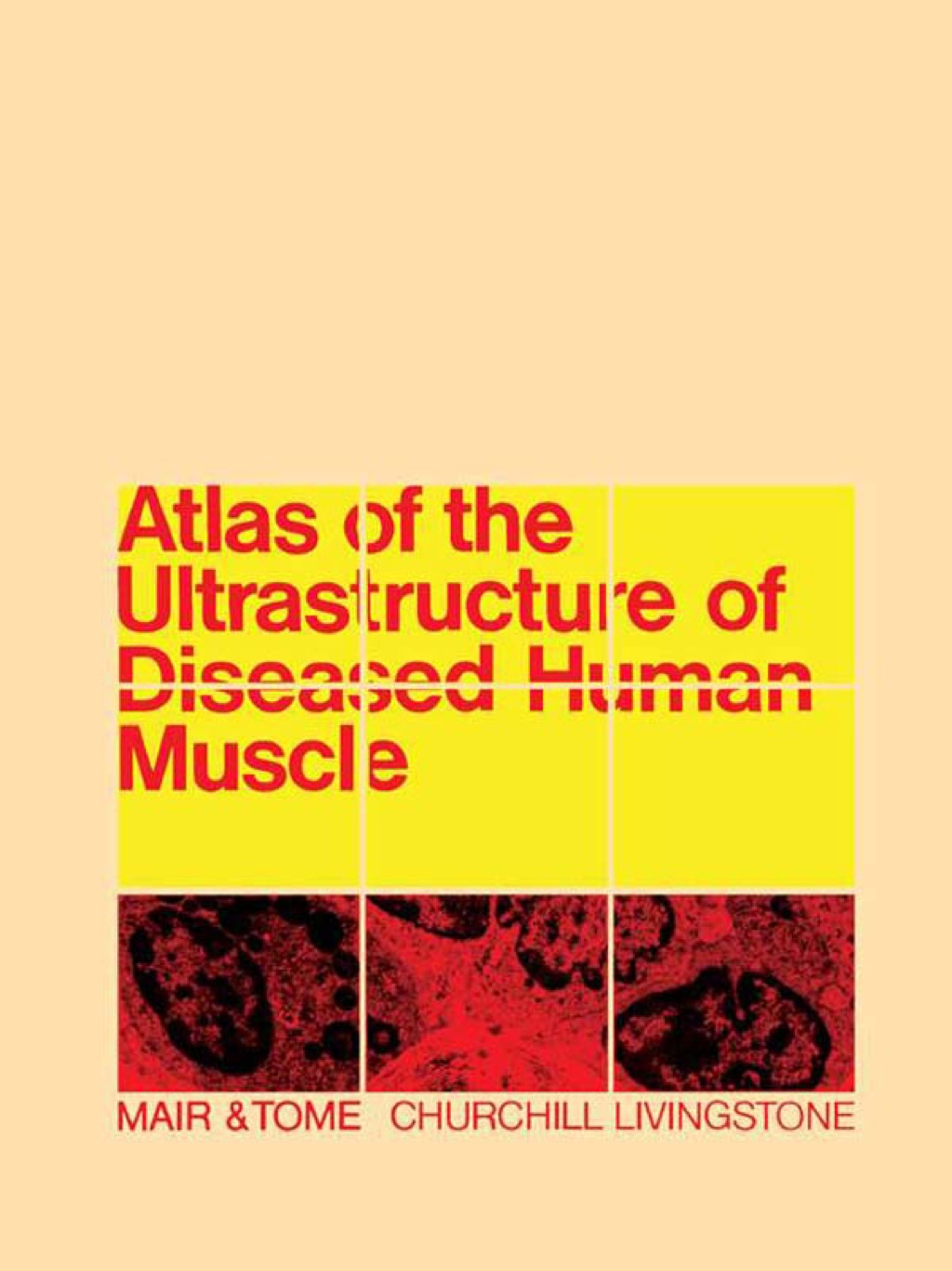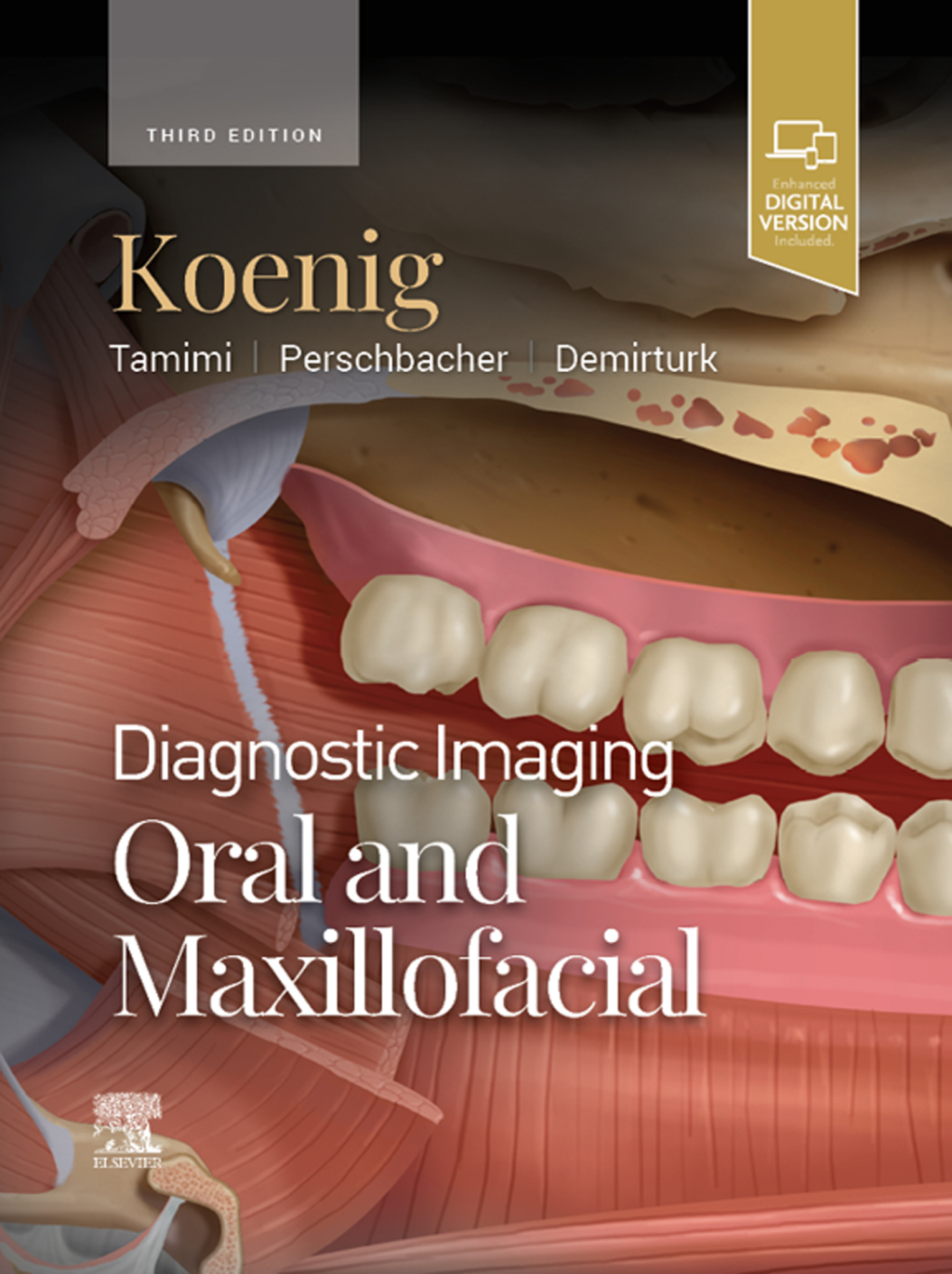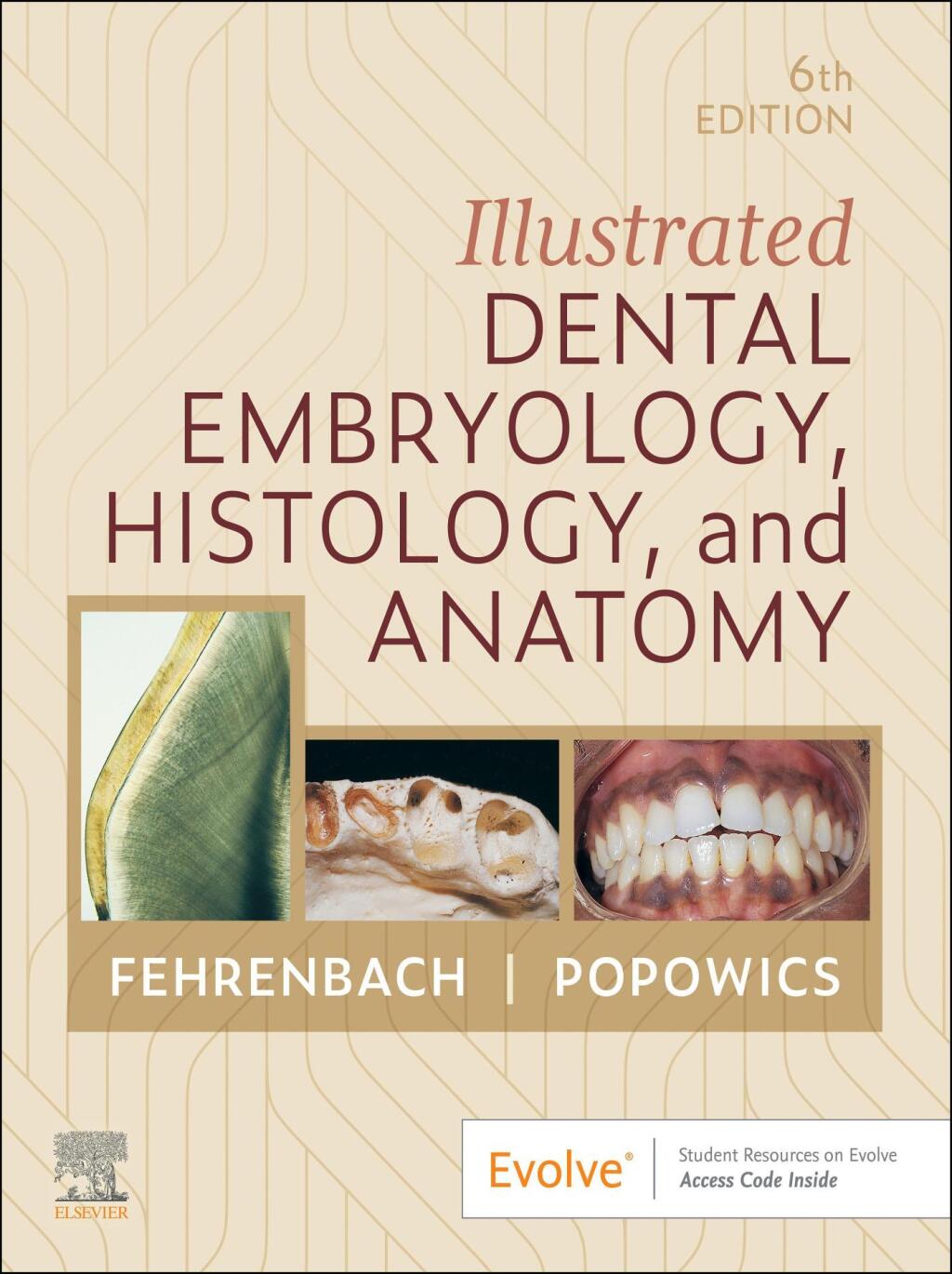The search for examples of proton radioactivity has resulted in the discovery of a large number of proton emitters in the region 50 < Z < 84 [1]. Many of these proton emitters and their daughters are also a-emitters, and in some cases the a-decay chain from the daughter terminates on a nuclide closer to stability whose mass excess is known. This opens up the possibility of using a-and proton-decay Q-values to determine the mass excesses of a large group of nuclei connected by particle decay. The Q-values are derived from the measured kinetic energies of the emitted protons or a-particles. Where the decay chains are not connected to nuclei with known mass excesses, proton separation energies can be measured in some cases and derived in others. For the a-decay ofthe parent nucleus (Z, A) to the daughter (Z - 2, A - 4), the energy and momentum relations used to convert between Q-value, mass (M) and mass excess (ME) are: M(4He)E", (1) M(Z - 2, A - 4)Erecoil, (2) Q", E", Erecoi\, ME(Z, A) Q", ME(Z - 2, A - 4) ME(4He). (3) In practice, one uses M(4He) ~ 4 and M(Z - 2, A - 4) (A - 4), so that Equation (3) becomes ME(Z, A) = E", (_A_) ME(Z - 2, A - 4) ME(4He). (4) A -4 Similarly, for protons, we have ME(Z, A) = Ep(_A_) ME(Z - 1, A-I) ME(lH).
“Traditional Chinese Medicine: Cupping Therapy 2nd Edition” has been added to your cart. View cart
Atomic Physics at Accelerators: Mass Spectrometry Proceedings of the APAC 2000, held in Cargèse, France, 19–23 September 2000 1st Edition
Author(s): Georges Audi; HeinzJurgen Kluge; David Lunney
Publisher: Springer
ISBN: 9781402000140
Edition: 1st Edition
$39,99
Delivery: This can be downloaded Immediately after purchasing.
Version: Only PDF Version.
Compatible Devices: Can be read on any device (Kindle, NOOK, Android/IOS devices, Windows, MAC)
Quality: High Quality. No missing contents. Printable
Recommended Software: Check here

